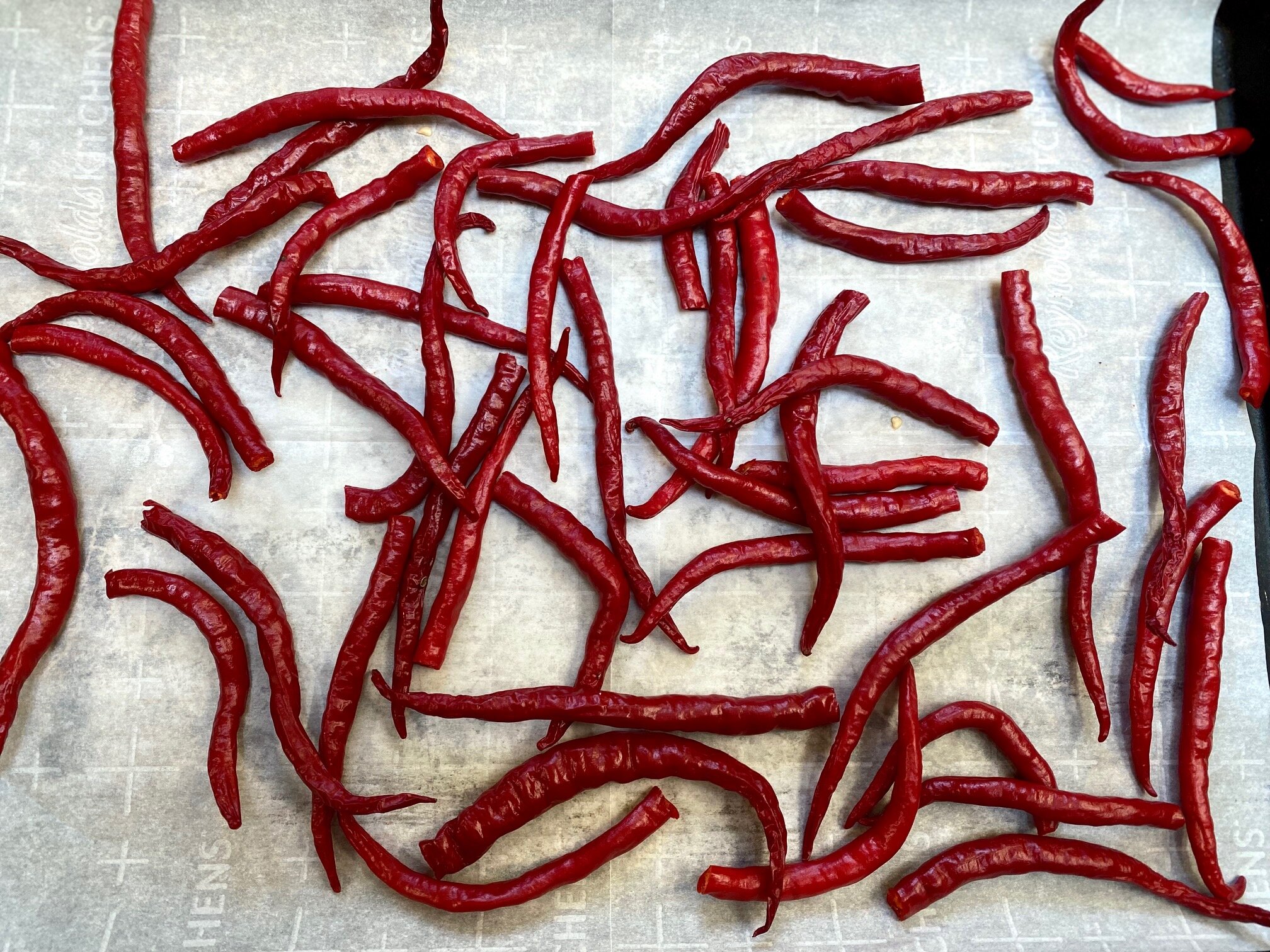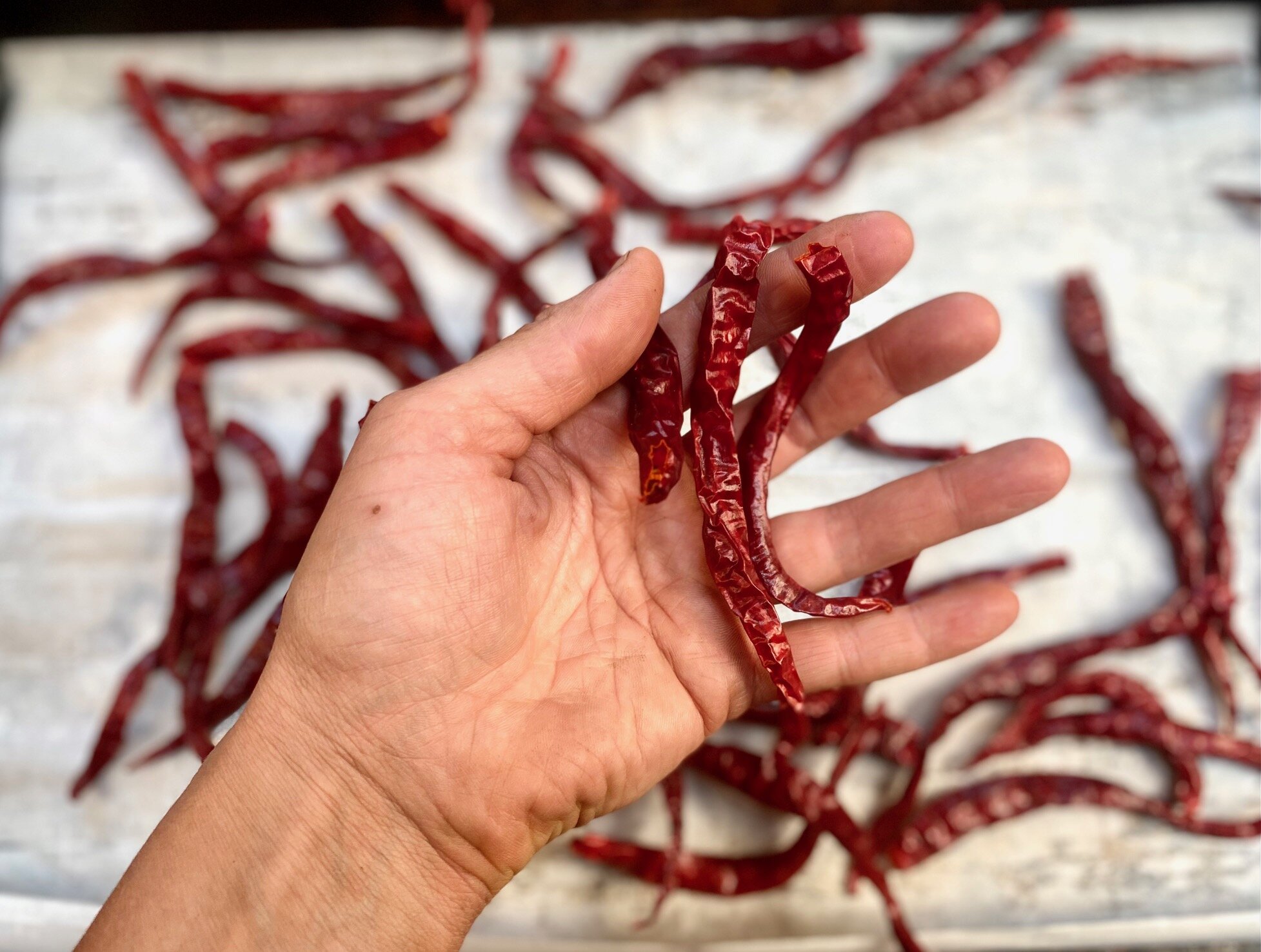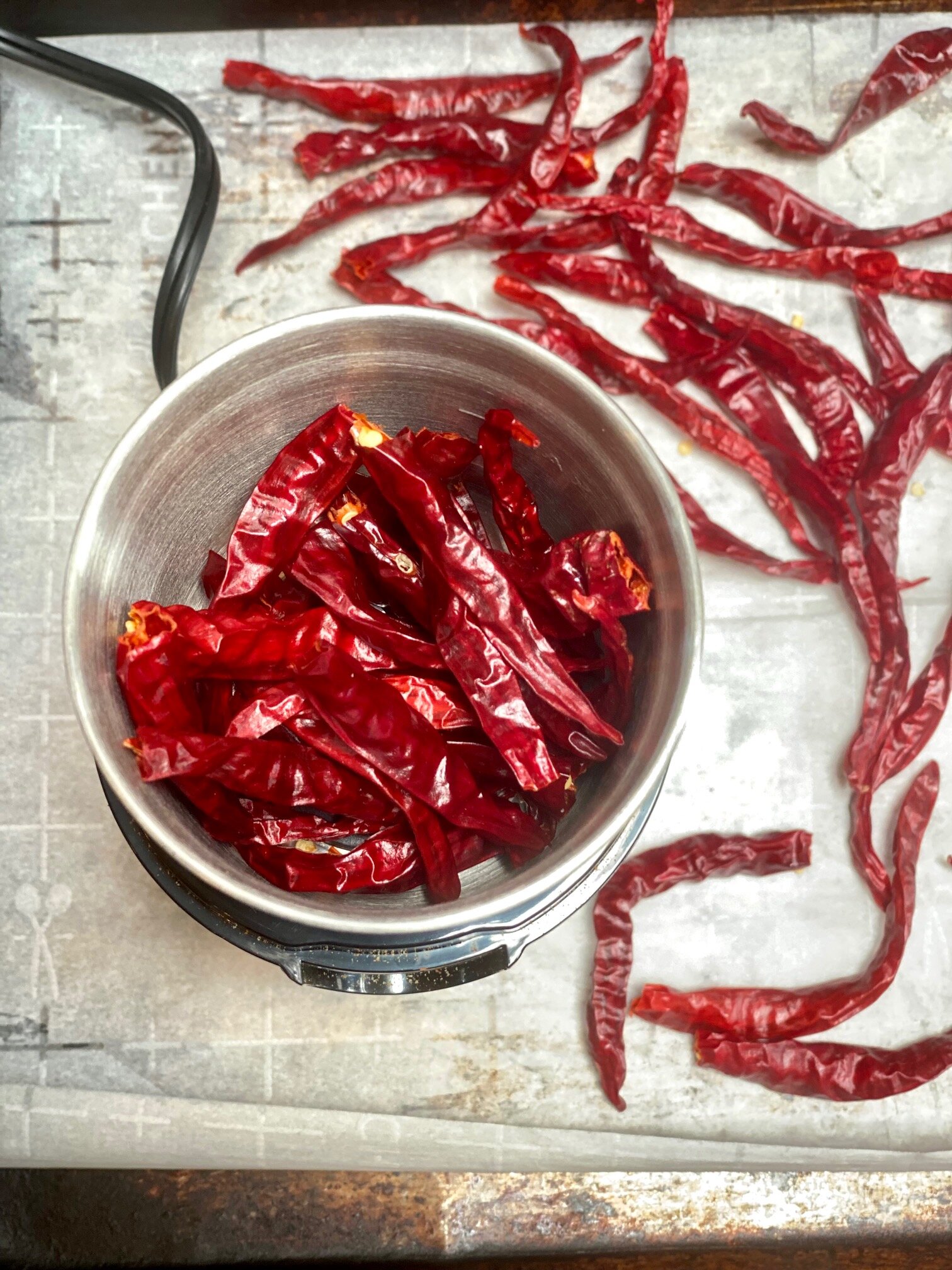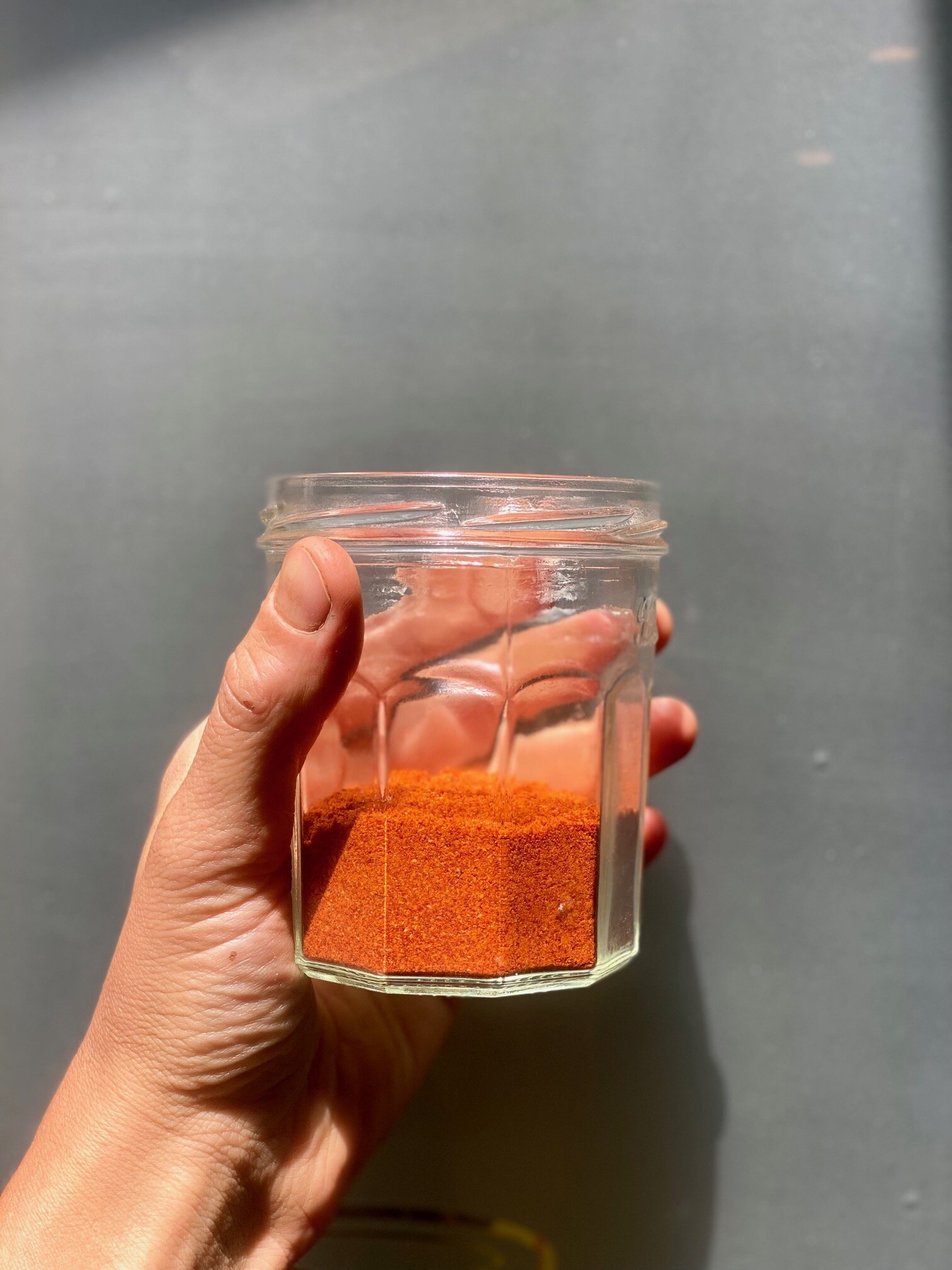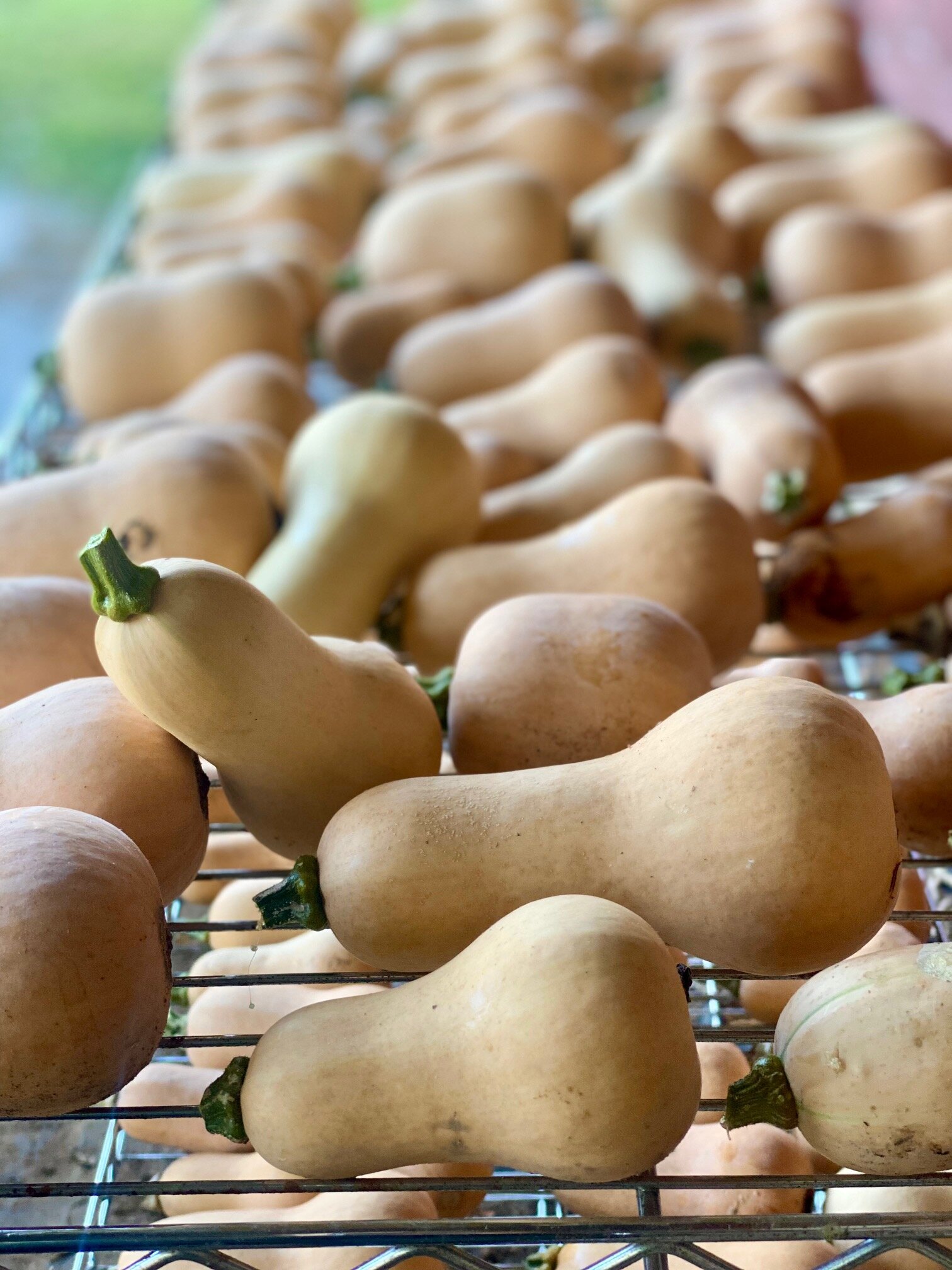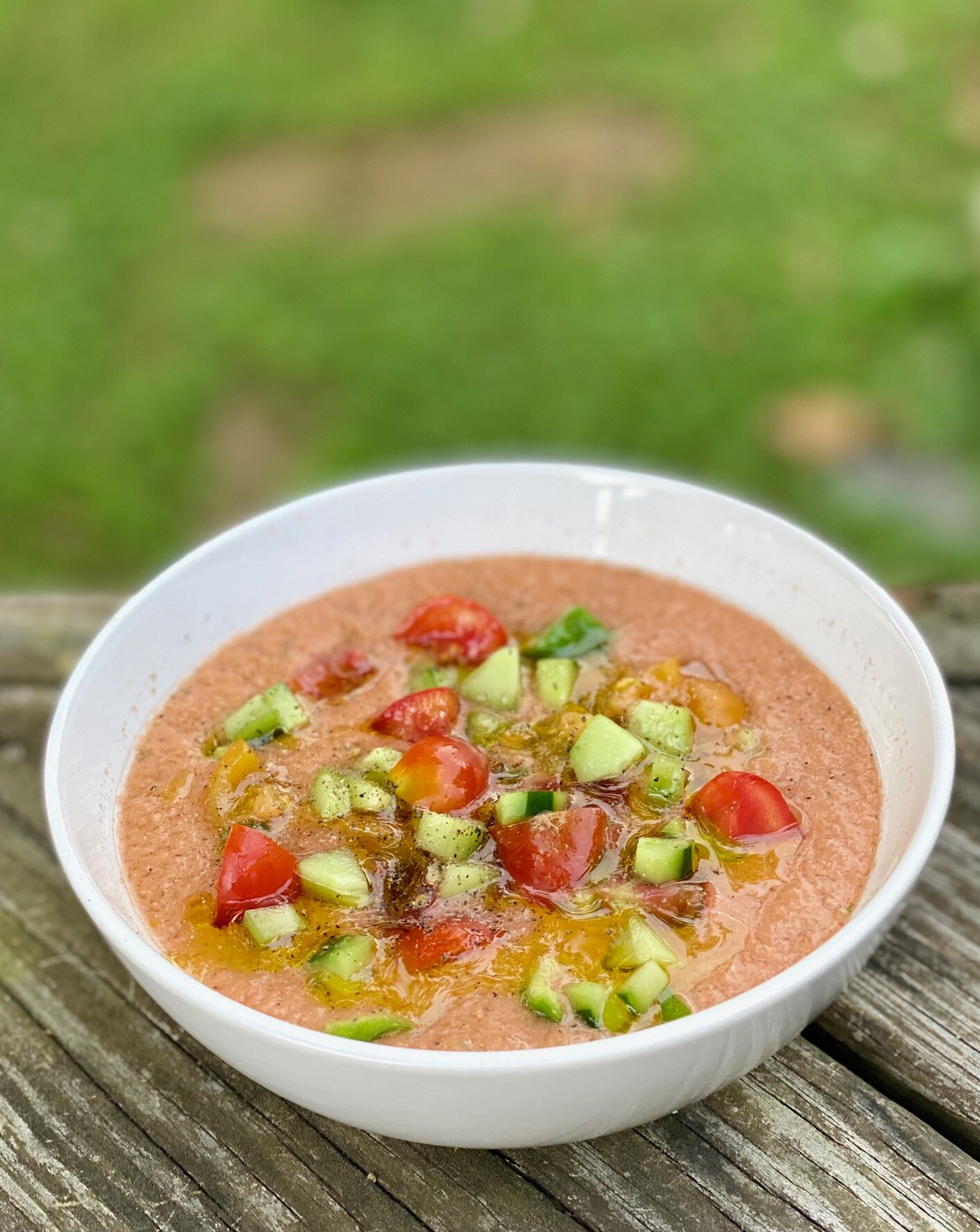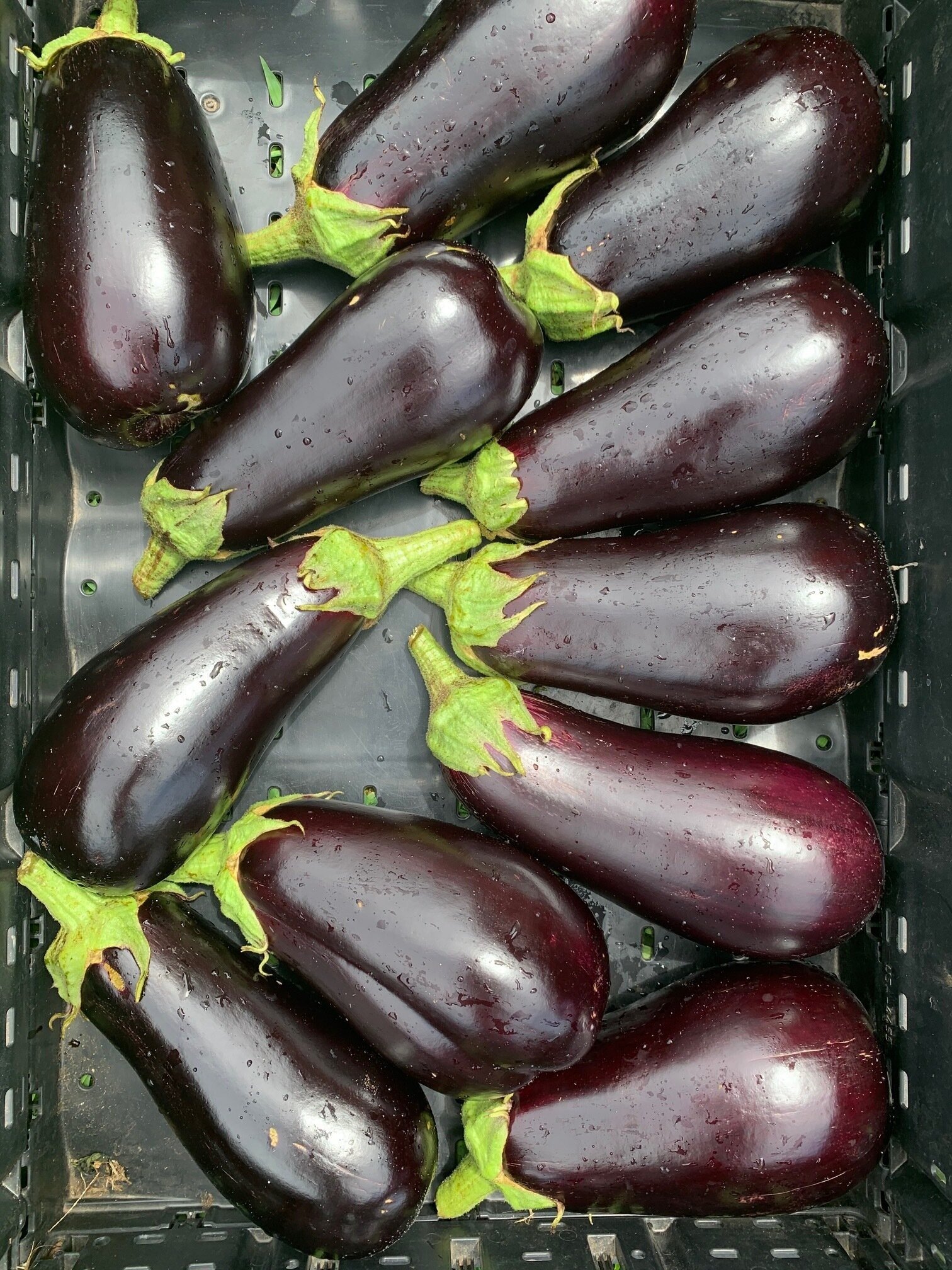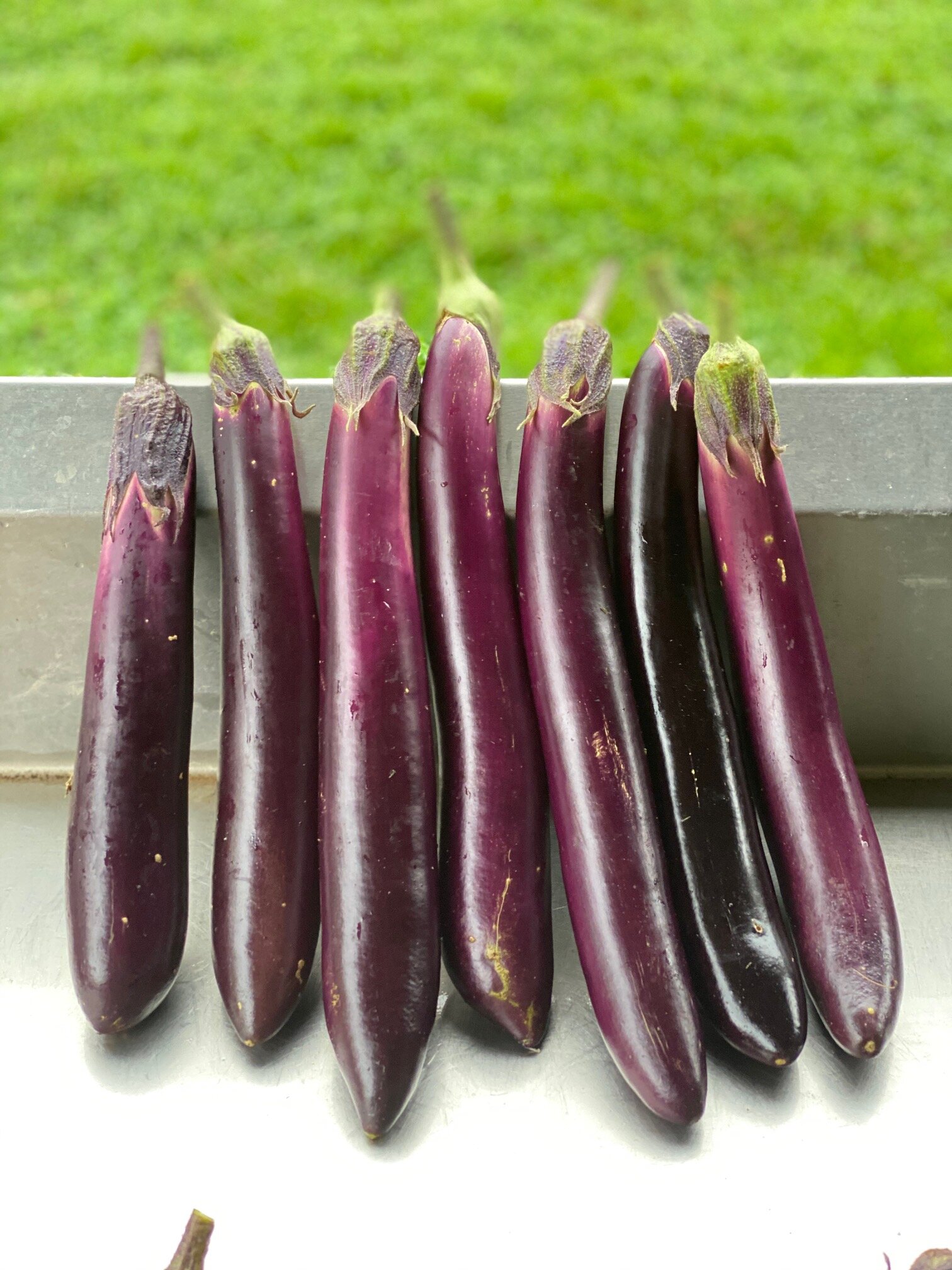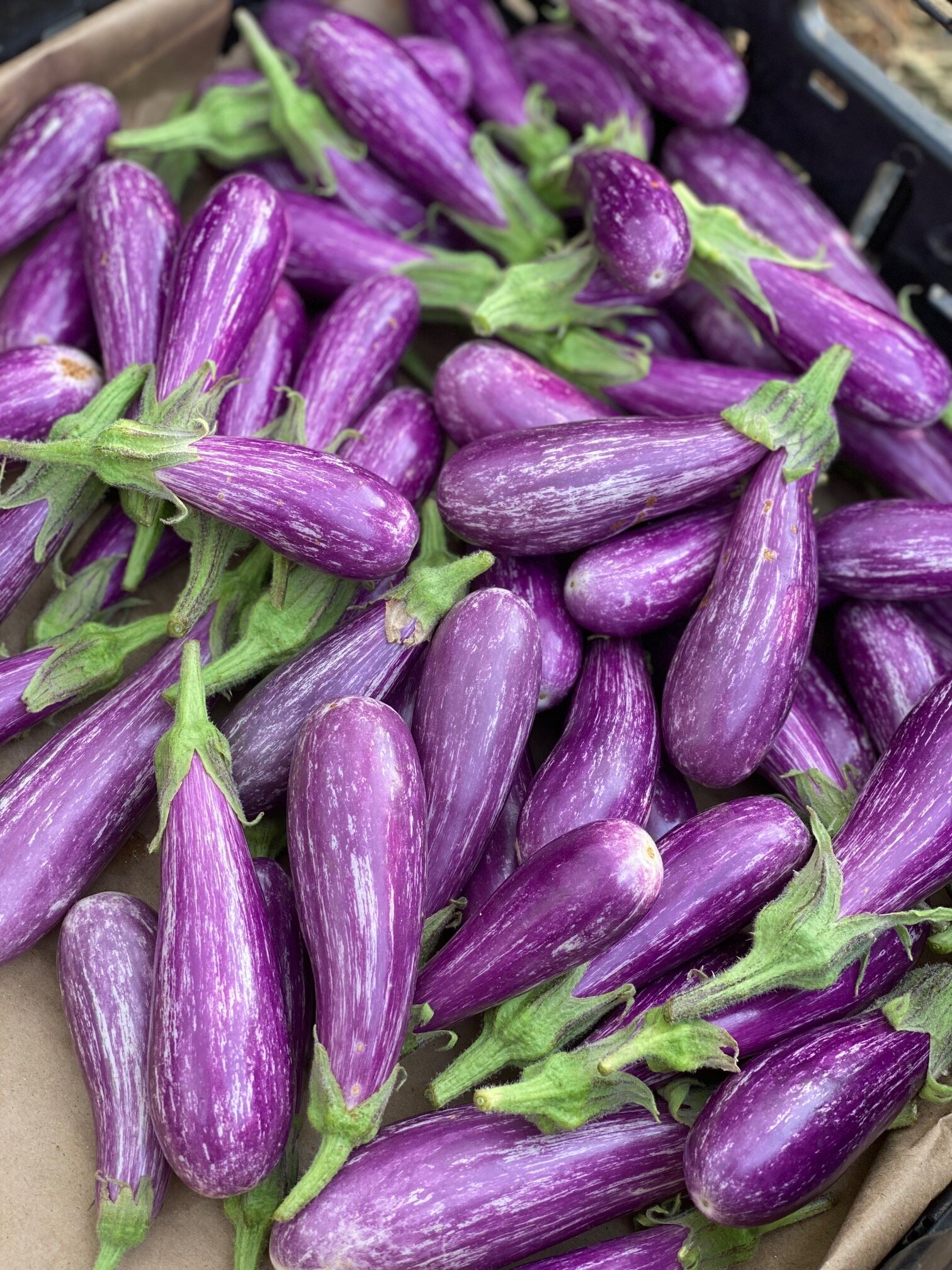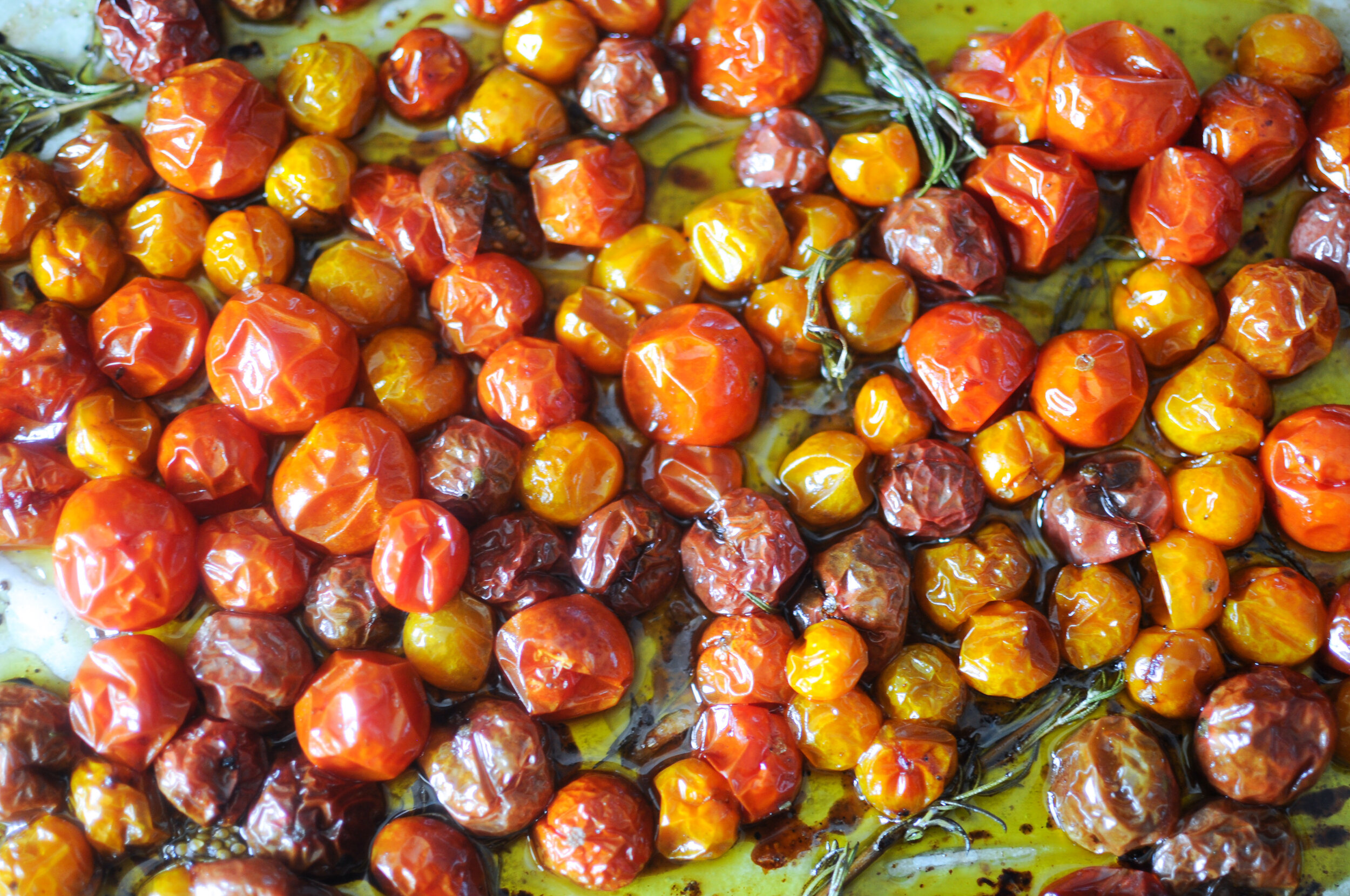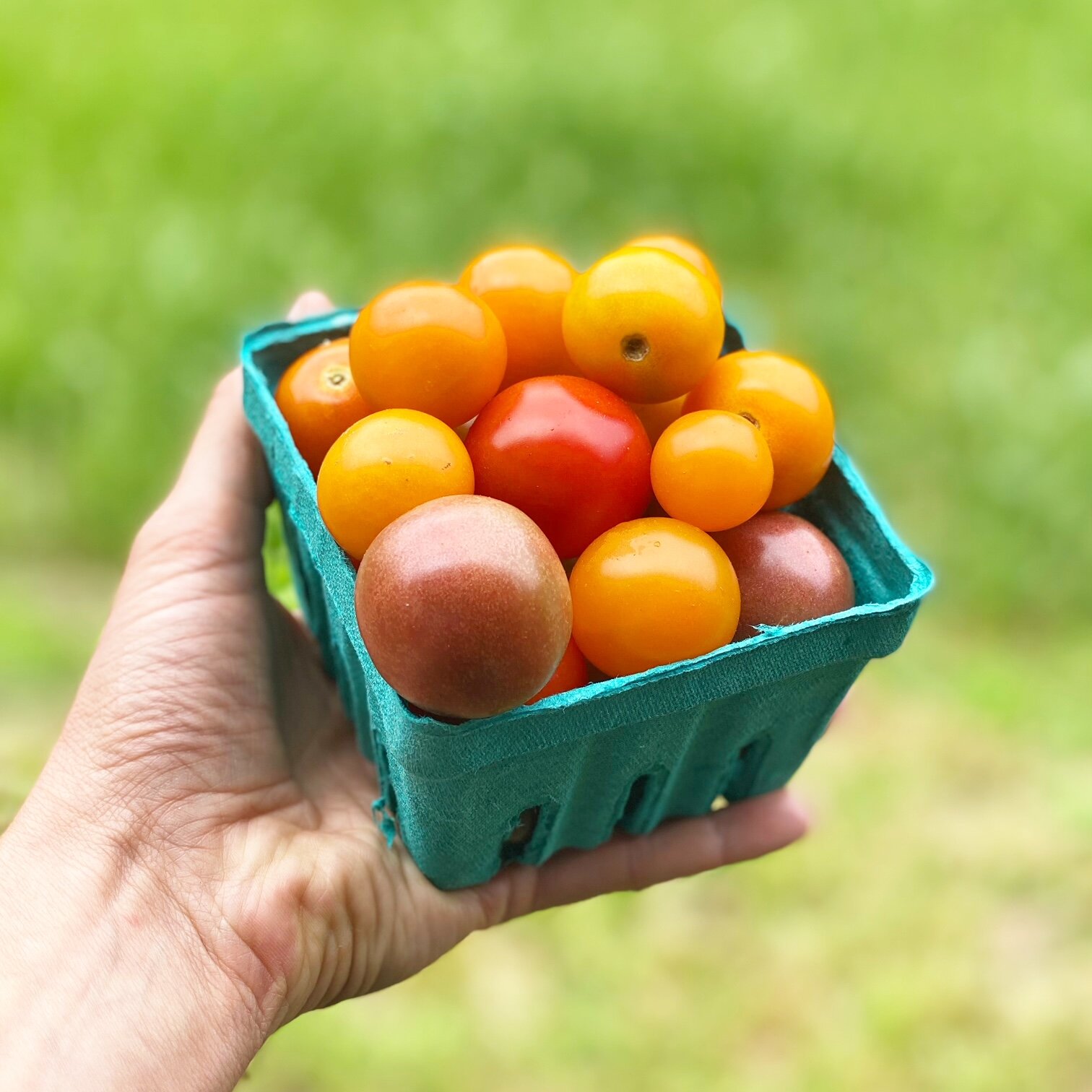Washed out beds after an intense rainstorm on Sunday.
Farm Notes
I’m going to keep it real here – the past week has been HARD. It started off great – all of our growing beds were prepped and looked beautiful, our fall seedlings had arrived, and we were ready to roll. But as I shared about in my previous post… I quickly realized that our fall seedlings weren’t as strong as I’d expected, and they really struggled in this August heat.
To make matters worse, in the days after we planted out most of our seedlings, we had several super intense rain storms which pummeled our tender seedlings and caused many of our beds to lose precious soil. And that’s not all! We’re also suddenly having a lot of trouble with rabbits coming in and munching on our plants. It feels like we just can’t catch a break, and it’s been wildly frustrating.
Thankfully, I’ve been able to find some extra seedlings to fill in the ones we’ve lost, and I have lots of extra hands helping out here pretty much every day to get back on track. So if any of ya’ll are struggling with your late summer gardens, know that I’m right there with you! Though we aren’t out of the woods quite yet… it looks like this weekend is going to be extra hot, so I’m about to invest in a lot more shade cloth, which will help with keeping our veggies cool AND will keep these pesky rabbits at bay.
Anyone else ready for fall?!!
KITCHEN NOTES
Because I’m forcing myself to stay indoors/in air conditioning between the intensely hot hours of 11am-3pm, I’ve been keeping myself busy recently with some kitchen projects. This week, at the top of my to-do list is whipping up some homemade hot pepper powder/spices! Making your own ground pepper powder is ridiculously easy – all you need are some peppers, an oven, a few hours of patience, and a spice grinder or food processor. If you have a dehydrator, you can totally use it to dry out the peppers – I’m using the oven here because I know not everyone has a dehydrator, and I can dry bigger batches of peppers using an oven.
For this recipe, I used cayenne peppers, but you can absolutely use whatever peppers you have on hand. Not only will these be the freshest spices you’ve ever cooked with, but they make wonderful gifts!
DIY GROUND PEPPER POWDER
INGREDIENTS & MATERIALS
Peppers of your choice!
Baking sheets
PREPARATION
Preheat your oven to 180F.
Cut off the stems and any bad spots off each pepper. If you would like to have less heat in your powder, slice each pepper in half lengthwise and use a spoon to remove the pith/membrane and seeds (I usually skip this step). Place your prepped peppers on a baking sheet(s) in a single layer.
Place the peppers in the warm oven and bake until they are fully dried, checking them every so often to ensure they aren’t burning. The amount of time will vary based on the peppers you’re using – it usually takes about 3-4 hours for cayenne peppers to dry.
Once the peppers have cooled, place them in batches in your spice grinder and pulse until at the desired powder consistency. Voila! You now have homemade pepper powder. Store in an air tight container for up to 6 months for maximum freshness – or you can freeze to keep even longer!
Today’s Stats
Low temp: 72F
High temp: 93F
Sunrise: 6:43am
Sunset: 7:55pm
Moon phase: Waning Gibbous
Additional notes: Hot and humid



